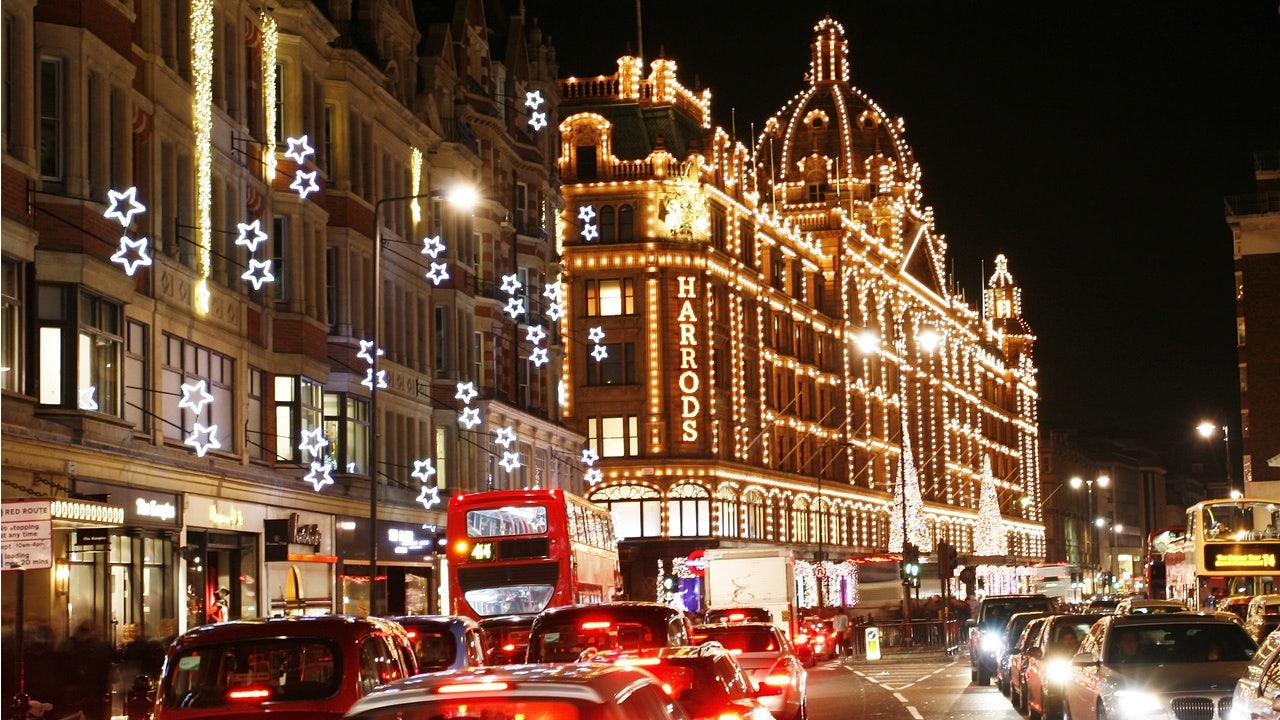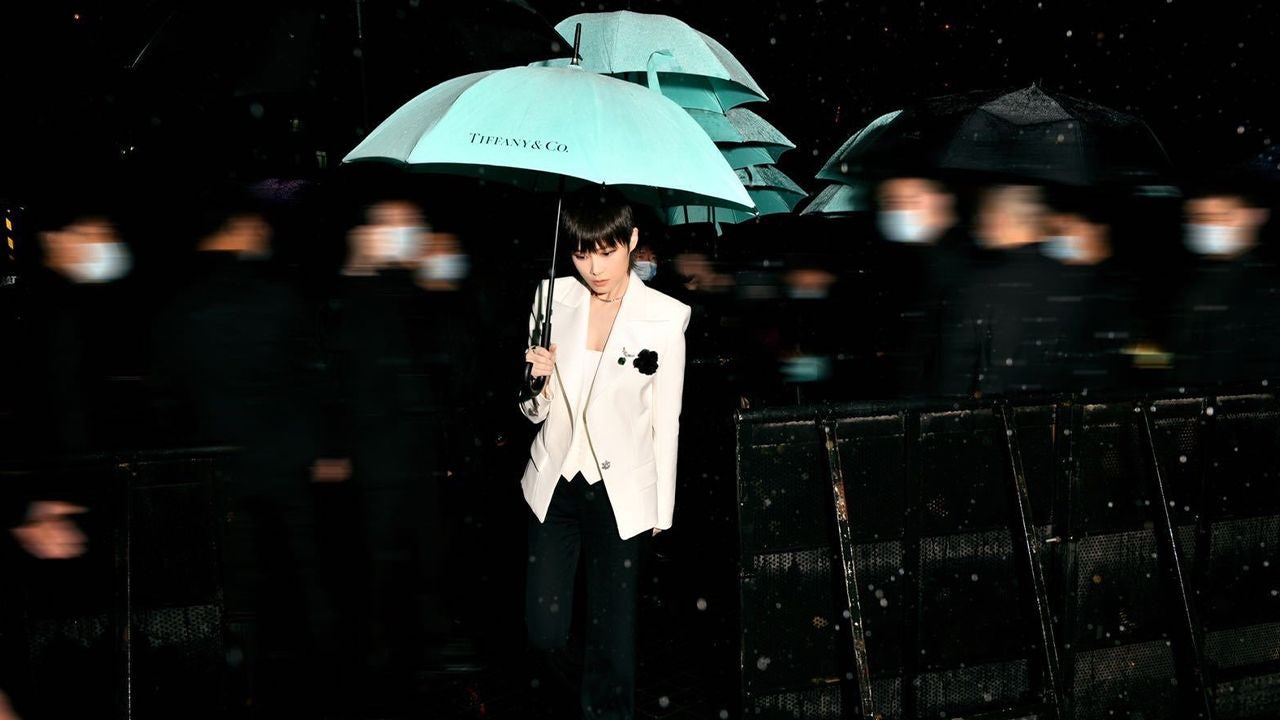Key Takeaways#
:
- Global shopping destinations are preparing for an unprecedented holiday season that will be defined by social-distancing efforts, a lack of global tourists, and a dramatic drop in retail sales.
- After months of confinement, consumers will prioritize luxuries that involve travel experiences and experience-based goods or services.
- Only in China was store traffic on the rebound, and it showed: China accounted for 18.8 percent of luxury store openings worldwide, surpassing the country’s previous three-year average of 6.4 percent.
According to Business of Fashion, global shopping destinations are preparing for an unprecedented holiday season that will be defined by strict controls, social-distancing efforts, a lack of global tourism, and a dramatic drop in retail sales. But after a turbulent year in which the global luxury goods market is set to contract for the first time since 2009, the industry’s only silver lining is China.
Bain & Company’s recent report forecasts global sales declining 23 percent from 2019 to 257.5 billion (217 billion euros). But, sales in Mainland China remain positive, growing by 45 percent at current exchange rates to reach 53.5 billion (44 billion euros). “The regional shifts mark an acceleration of a rebalancing of where luxury purchases are made as tourists shift to buy in their home markets,” says the Bain report.
Federica Levato, a partner at Bain’s luxury goods vertical, echoes the same view. “There is going to be a rebalancing between different geographies that, of course, will massively impact the distribution ecosystem, and the size of the distribution networks of the [luxury] brands in these regions,” said Levato on CNBC.
And with so much talk about “rebalancing,” retailers and analysts wonder if Mainland China can save the global luxury industry and make up for gloomy sales during continued pandemic hardships in the West.
“China’s luxury spending on its own won’t be sufficient to close the gap in global decline in 2020,” said Daniel Zipser, a senior partner at McKinsey & Company, to Jing Daily. “In fact, a meaningful part of the global decline is a result of travel restrictions preventing Chinese from traveling and shopping outside of Mainland China. In 2019, the Chinese spent more on luxury outside than within Mainland China.”
Zipser highlights how luxury spending is “an incremental part of a travel experience,” so brands will need to “develop new occasions to drive luxury spending.” But with most of the world preparing for a new wave of virus hospitalizations and COVID-19 related deaths, the recovery of the retail world has been muted. Consequently, most attempts to drive luxury spending are failing in the West, leaving the industry even more reliant on China.
How things could change in 2021 for the retail industry#
The arrival of a COVID-19 vaccine might boost consumer sentiment and retail stock, but some attitudes like the bargain-seeking mentality and prioritizing safety and wellbeing are here to stay. Furthermore, the long-awaited vaccine won’t be a panacea for the retail industry.
Dr. Anthony Fauci, the head of the National Institute of Allergy and Infectious Diseases, told Kare11 that “there is a lot of skepticism in the community.”
“In order to make an efficacious vaccine effective, you have to have a substantial proportion of the population get vaccinated right now,” said Fauci. “If you get 50 percent of the population vaccinated, that's just not enough — you're going to be wearing masks for a considerable period of time.”
So, ultimately, a successful vaccine won’t save the world if consumers refuse to get vaccinated. Furthermore, after months of confinement that have slowed tourism to a standstill, consumers are sure to prioritize travel experiences and experience-based goods and services. As such, physical stores and traditional brands will need to adapt fast to this new reality.
Staying relevant in today’s post-COVID-19 business landscape requires excellent customer service. However, brands will also need to expand their digital transformations, prioritize their customer journeys, and invest in innovation and over-the-top experiences.
Will luxury spending continue to rise in China?#
Chinese consumer spending on luxury goods will continue to grow in 2021 thanks to the repatriation of Chinese luxury spending, the launch of the digital yuan, the expanded duty-free quota (from 30,000 yuan to 100,000 yuan), the opening of new brick-and-mortar stores, and the further consolidation of Hainan as a burgeoning shopping Mecca.
In 2020, China accounted for 18.8 percent of luxury store openings worldwide, surpassing the country’s previous three-year average of 6.4 percent, according to Business Times. We expect to see a continuation of the upward trend in 2021, as China’s economy continues to bounce back from the COVID-19 pandemic and luxury consumption gains steam in lower-tier cities.
Additionally, luxury brands today are better-equipped to decipher changing consumer behaviors and local shoppers’ needs. Thus, they can come up with more personalized offers.
The recent success of Louis Vuitton’s Men’s show — which was held in Shanghai and generated more than 100 million views worldwide across multiple platforms — and the brand’s choice of Wuhan (the capital of Hubei province) as the first stop for its “See LV” traveling exhibition proves that some luxury executives already excel at attracting the post-COVID-19 Chinese internet generation.

